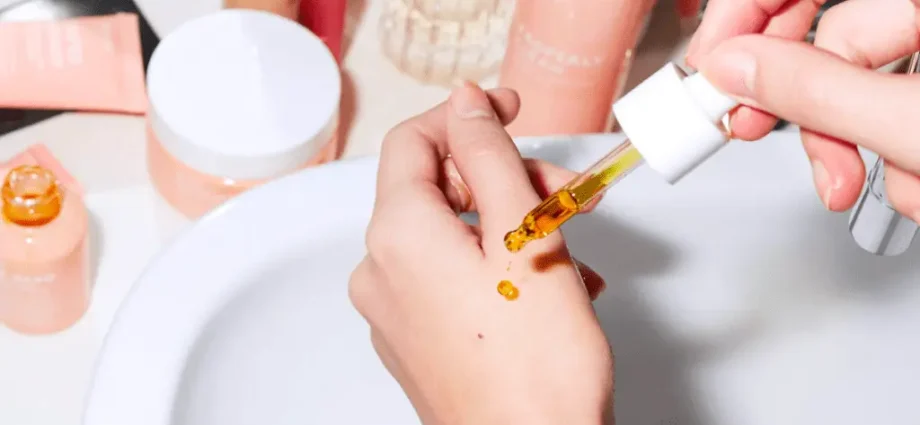Contents
Oily skin on the face and scalp is common. It occurs when the sebaceous glands produce too much sebum. This type of skin requires special attention when cleaning, caring for and applying cosmetics. Here is a dermatologist’s advice on caring for such skin.
HOW TO DIFFERENTIATE A PATIENT WITH OILY SKIN?
They most often have shiny skin in certain areas of the face, especially on the forehead and nose.
The pores of the skin are enlarged, and the skin itself is thicker. In the most difficult cases, when touching the skin, a greasy film is felt on it. Seborrhea on the scalp makes the hair greasy and sticky. Patients often complain about problems applying makeup.
WHAT ADVICE CAN YOU GIVE THEM?
Cleansing oily skin requires a special approach.
I explain to my patients that the skin does not always react the way we want: the harder we try to remove sebum, the more it will be produced by the skin to replace it. Therefore, it is important to use products specially formulated for this type of skin and not to use products with a strong cleansing effect. I often attribute a micellar solution or a cleansing milk that rinses off with water. In the evening, the skin must be cleansed very carefully.
HOW DO YOU RECOMMEND MOISTURIZING OILY SKIN?
The paradox is that the role of sebum is to protect the skin from drying out.
However, oily skin often begins to peel off, sometimes seborrheic dermatitis begins in the central parts of the face. Patients should use products specially formulated for this skin type. I recommend water-based cosmetics so as not to increase the oiliness of the skin. I also suggest using moisturizing creams with a mattifying effect so that the skin does not shine.










